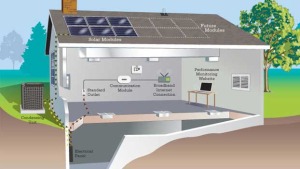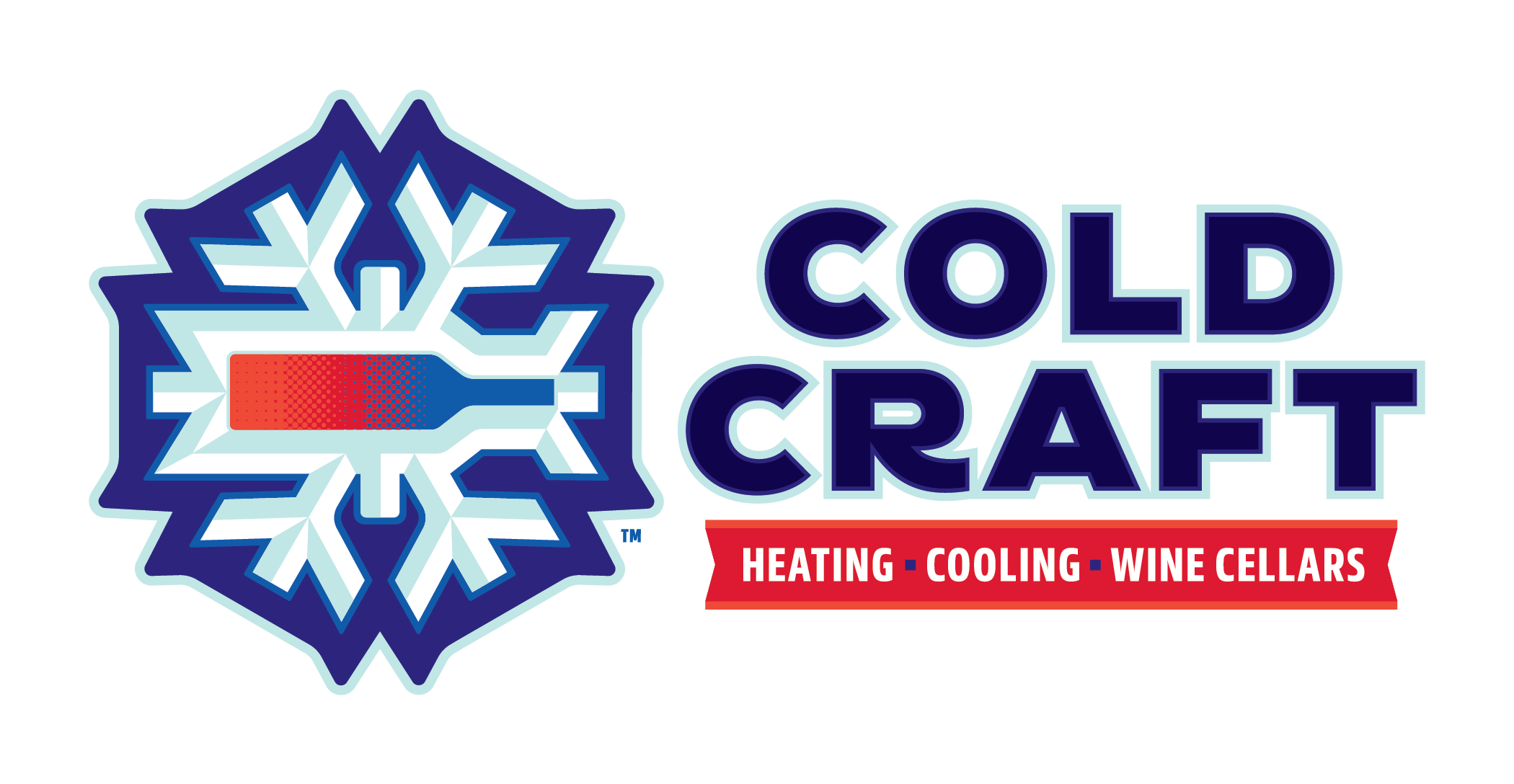2011 Energy Tax Credit – Expires December 31, 2011
This is a great time to make energy efficient upgrades – take advantage of the Federal Tax Credit now while it is still in effect. Because we are not tax professionals – we strongly encourage a consultation with your tax professional or have a tax professional prepare your taxes.
This article deals with energy efficient upgrades adn renewable energy upgrades. Cold Craft, Inc. (CCI) deals with several of each energy efficient and renewables. CCI can also assist with the navigation of the paperwork.
As of Dec. 17, 2010 the federal energy efficiency tax credit has been extended through 2011. It is important to note that the federal government has significantly changed the credit limits and eligibility requirements.
For jobs installed between January 1, 2011 and December 31, 2011, the credit is no more than 10% energy efficiency improvement costs, up to a maximum of $500. Special credit limits have been put on certain qualifying equipment.
Example:
- High Efficiency Furnaces and Boilers – $150
- High Efficiency Air Conditioners and Heat Pumps – $300
- Main Air Circulating Fans – $50
- ENERGY STAR Windows – $200
- Energy Efficient Water Heaters – $300
There is a cap to what you can get as a tax credit. The $500 cap will apply to anyone who received the credit from Jan. 1, 2005 to present. So if you’ve claimed a cumulative credit of $500 or more of the tax credit since Jan. 1, 2005, you won’t be eligible for the 2011 extension. If you’ve claimed less than $500, you are eligible for the difference with qualifying measures.
Certain renewable energy tax credits for solar PV, solar hot water, and geothermal, for example, have not changed.
Frequently asked questions
Q: How much of a tax credit can I get?
A: For most energy efficient improvements, the tax credit is 10% of the cost of the improvement, up to $500
Note: The larger $1500 (30%) Tax Credit from 2010 – expired on December 31, 2010.
Q: How do I get the money from this tax credit?
Please consult your tax professional to be sure that you qualify before you buy and if you qualify your professional will complete the IRS Form 5695 (make sure you have the 2011 form – which was not available when publishing this article). Include the completed form with your taxes and make sure that you have a copy of all proof at the time of the installation in case the IRS has any questions. Just a note that the improvement had to be paid for between 1/01/2011 and 12/31/2011; get a copy of the manufacturer’s certification, from the installing contractor (Cold Craft provides assistance with the form gathering for you).
Q: Does that include labor and material?
A: It is interesting to note that exterior improvements such as windows, doors, roofing and insulation, the tax credit covers the 10% of cost of materials only. HVAC system replacements such as heat pumps and boilers will cover 10% of the total installed cost, both labor and material costs. There are caps. For example, furnaces and boilers are eligible for $150 while windows are for $200.
Q: What about for renewable energy sources?
A: This is a whole other story. Solar water heaters, solar panels, and geothermal heat pumps are eligible for a 30% tax credit for labor and material cost with NO cap on the credit.
Q: When do these tax credits expire?
A: December 31, 2016 for renewable energy sources and December 31, 2011 for all other energy-efficiency improvements.
Q: Could I apply this to my second property?
A: This is applicable to the taxpayers Primary Residence only. Solar water heaters, solar panels, and geothermal heat pumps may apply to second homes or rentals.
Home Improvements
For 2011, tax credits are now available for energy-saving home improvements:
- Energy-efficiency improvements must be installed from January 1, 2009 through December 31, 2011 (renewables go through 2016)
- For energy-efficiency, improvement must be for taxpayer’s principal residence.
- For renewables (geothermal heat pumps, solar water heaters, solar PV, and wind) second homes and rentals qualify.
- $500 is the maximum total amount that can be claimed for all products placed in service in 2011 for most energy-efficiency improvements, but qualifying renewables are not subject to this cap.
- Save your receipts and the “Manufacturer Certification Statement” (your contractor should be able to supply this) for tax record keeping purposes.
If you need help with temperature, contact Cold Craft, Inc.
408.374.7292 or [email protected]
Share This Article!
Newsletter
Subscribe to our newsletter and stay updated on the latest.
Your email is safe with us, we don’t spam.
